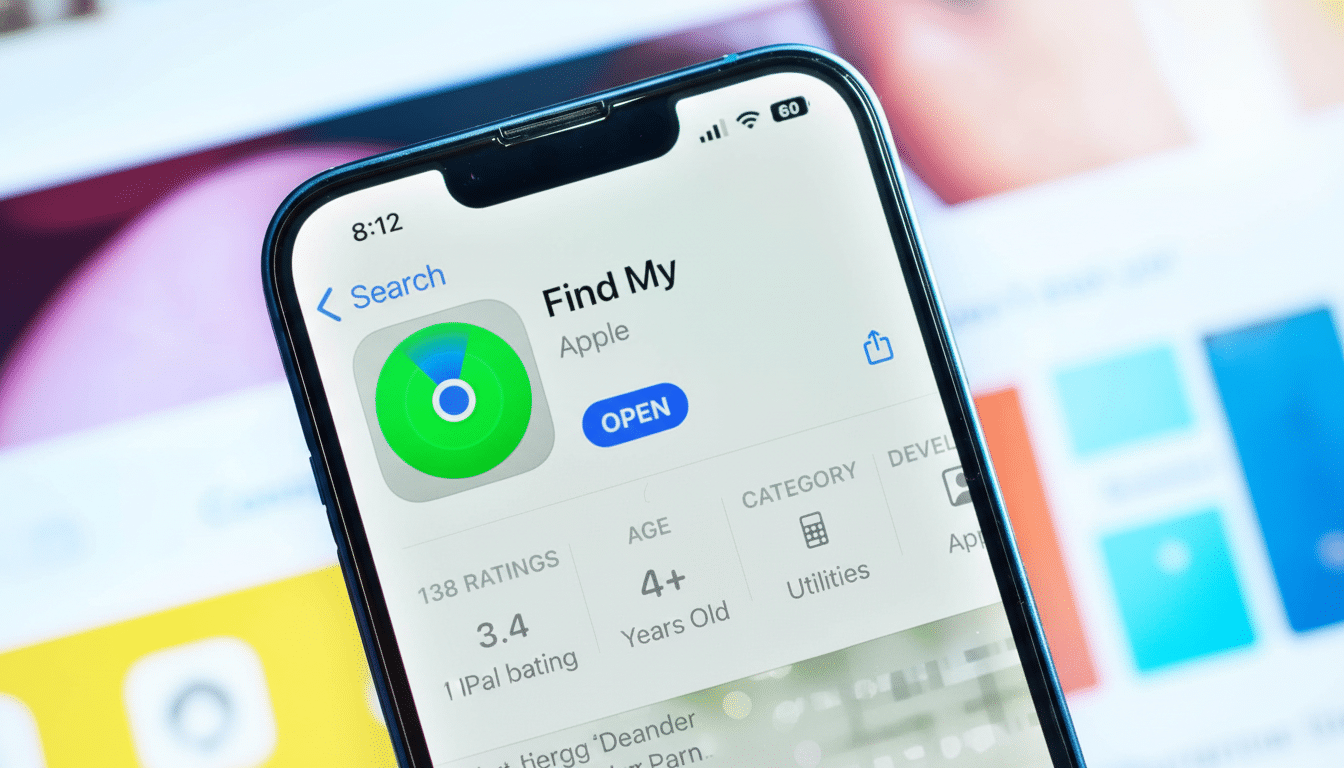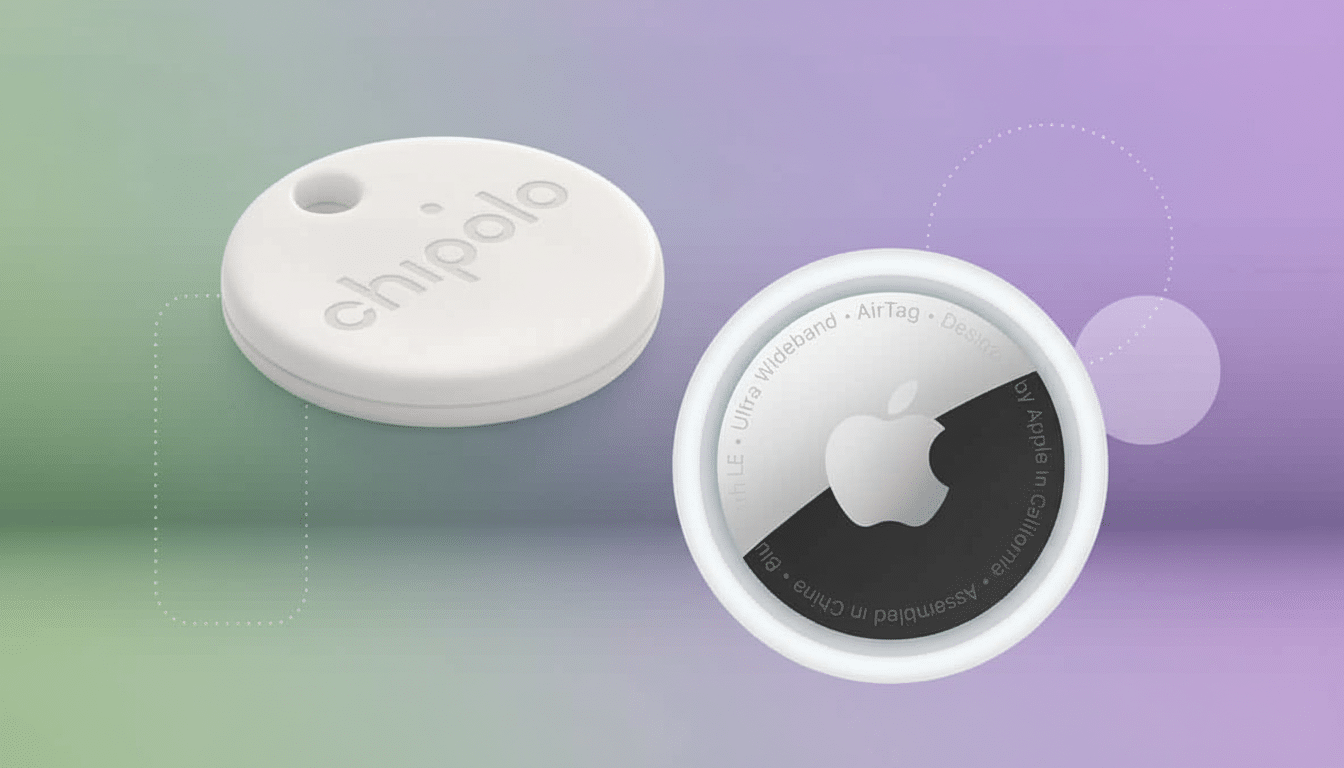SwitchBot’s latest keychain-size gadget falls in that interstitial space between tracker and personal-safety device, its killer party trick being a “ghost call” feature that delivers an instant phone ring — silent mode or not — to help you defuse the situation when things start getting tense, or give you a good excuse to get out of there.
The Safety Alarm, the company’s entry in this land grab for your pocket square or keys, packs multiple layers of protection into a handy keyring-friendly form factor: a piercing siren; a strobing LED; Apple Find My integration for finding lost items on an iPhone (the tension between Tile and Apple’s own locator be damned); app-based alerts to trusted contacts; and NFC authorization inside its own smart locks and keypads. The pitch is straightforward: a discreet means to summon attention, signal for help and find your belongings, all for $39.99.
- How the ghost call works to provide quick exits
- Siren, strobe, and contact alerts explained for safety
- Find My tracking and smart home tie-ins and uses
- How it compares with rivals in trackers and safety fobs
- Safety and privacy considerations for trackers and calls
- Price, colors, availability, and who the device is for

How the ghost call works to provide quick exits
Double-press the fob, and it will trigger an incoming call to your phone, quietly. Unlike a regular notification, the call makes your handset ring even if it’s set to silent mode, giving you an instant, socially acceptable out: “Sorry, I have to take this.” That ruse can be enough of an act to discourage unwanted stares, defuse a confrontation or subtly alert passersby that something isn’t quite right.
Practically speaking, the ghost call might get you out of feeling tailed on a late walk, uncomfortable in an Uber or in need of a polite escape from an escalating conversation. It’s not a substitute for emergency services, but disruption and attention-drawing are often cited as the first two lines of defense in dangerous situations — this one gets you both without fumbling for your phone.
Siren, strobe, and contact alerts explained for safety
Simply pull the ring on the Safety Alarm and a 130 dB siren activates as onboard LEDs flash with an emergency strobe light mode.
For reference, 130 dB is equivalent to being very close to a jet engine; the National Institute for Occupational Safety and Health recommends that noise of that magnitude be “infrequent” and “of short duration.” The upside is deterrence: not many people hang around a blaring, flashing horn.
Link the fob to the SwitchBot app and activating the alarm will also ping your designated contacts with an alert and your location at the time it was triggered. It’s heads-up, not a live breadcrumb trail. You lower the ongoing exposure of your location while still being able to tell family or friends where to check on you.
Find My tracking and smart home tie-ins and uses
For item tracking, the Safety Alarm uses Apple’s Find My network, which means nearby Apple devices can anonymously help you locate it. That network includes millions of iPhones, iPads and Macs, which can be a powerful advantage when something is lost in public.
There are trade-offs. At launch, the Safety Alarm doesn’t work on Google’s Find My Device network, which other competitors — including Pebblebee’s new tags — have adopted along with Apple’s system. You do still receive app-based safety notifications from SwitchBot’s software, however, cross-platform presence for tracking is constrained if you’re not living in the Appleverse.

In addition to safety and geotracking, the fob acts as an NFC key for SwitchBot’s own locks and keypads, and it also doubles as a basic keychain flashlight.
The notion is that you’ll carry it every day out of convenience, so it’s there when you need it in a pressure situation.
How it compares with rivals in trackers and safety fobs
SwitchBot is entering a competitive corner of the market where small trackers are aiming to be more than just lost-and-found dongles. Apple’s AirTag relies completely on the Find My network and precision finding, but it lacks a built-in siren that can match this one for decibels. Pebblebee’s newest trackers work with Apple and Google networks and claim loud alarms for around 100 dB; SwitchBot’s claim of 130 dB makes me take notice of the increase in noise as (of course) perceived loudness also varies like crazy based on distance and room/space.
And that’s what sets the Safety Alarm apart: the ghost call. Apple or Google phones do offer SOS features — including functions like iPhone Emergency SOS or Safety Check-In on Pixel — and a believable, instant ring without touching your device brings in another layer of ingenuity that seems to mesh with actual social dynamics.
Safety and privacy considerations for trackers and calls
Any tracker raises privacy questions. As the Safety Alarm leverages Apple’s Find My app for location, it gains aspects of an anti-stalking functionality on iOS and supported Android phones under Apple and Google’s shared “Detecting Unwanted Location Trackers” spec, including alerts about unwanted tracking. That helps deter abuse while maintaining the actual safety benefits of carrying a locator.
And the siren, it turns out, is intended for momentary operation. Hearing-health advice from the Centers for Disease Control and Prevention and NIOSH stresses that pain — by 120 to 130 dB sound levels — is a warning of potential injury; use it to alert, then disable once safe.
Price, colors, availability, and who the device is for
The SwitchBot Safety Alarm comes in black, white and aqua for $39.99 list. It’s a practical fit for commuters, students, night-shift workers, or anyone who could use a compact protective layer that doesn’t cry “gadget!” For people who live in Apple’s ecosystem and like the concept of a fake call that bypasses silent mode, this fob keeps a spot on your keys.

